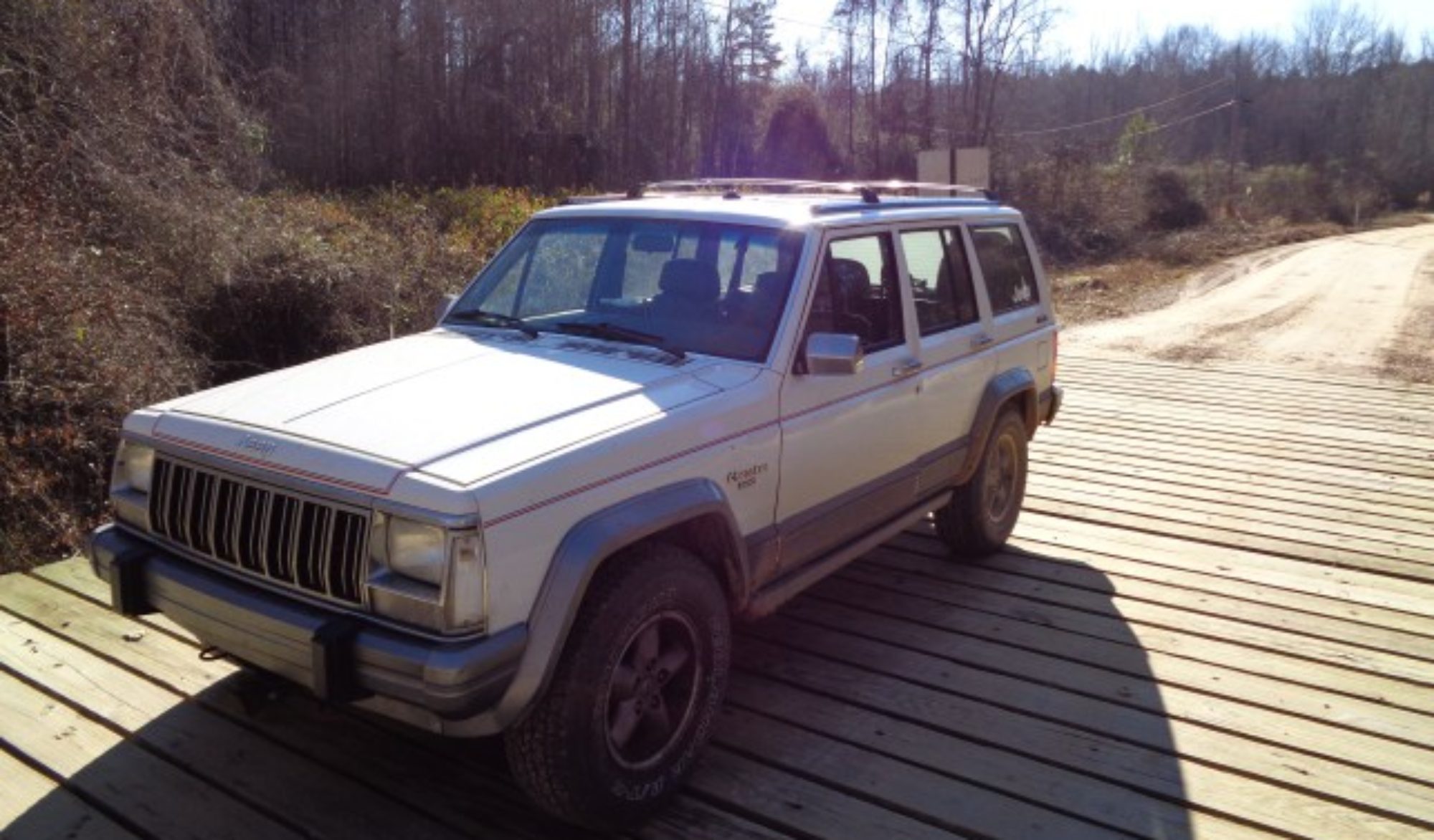Dana 30 ARB refresh
Lessons Learned
My ARB was not staying locked. I could tell by the constant cycling of the compressor that there was an air leak. I also noticed that it was blowing oil out the pinion seal.
I began by dropping the cover. I tested the locker and quickly found that the copper air line was cracked right where it is soldered into the air ring.
I pulled the axles and drive shaft to prepare for work on the differential. When I removed the drive shaft, I noticed that the pinion had a lot of slop in it. I had never noticed it before because at full droop, the driveshaft is fully compressed and puts pressure on the pinion making it feel tight. Once the drive shaft was out, I could see there was a lot of wear in the bearing. This was the cause of the seal leak.
I also found that when the caps were removed, the carrier just fell out. That meant there was no preload on the gears. This allowed the air ring to rotate flexing the copper tube until it broke. Inspection of the bearing races showed them to be worn and pitted.
I have swapped differential bearing before with my Harbor Freight bearing splitter but I decided to step up this time and get the Yukon bearing puller. I found a well-made clone on Ebay for about half the price of the real Yukon. It is made in the USA and worked great. In fact it is so easy to use; I wish I had bought one years ago.
I ordered a Timken Differential bearing kit from Autozone. It comes with pinion bearings, carrier bearings, a pinion seal, a pinion nut, marker compound, and RTV to make the seal. At the time I did not realized that the ARB uses different carrier bearings. The instructions plainly say use Timken part # LM102949 / LM102910. I also ordered new O rings and a new oil baffle as I don’t know how to replace the inner pinion race without destroying the baffle. Morris seems to be the only people who sell this part at a reasonable price.
I was able to solder in a replacement copper tube into the steel air ring. I also installed new O rings in the Air Ring or Seal Housing Assembly as ARB calls it.
I used the Yukon puller and the red clamshells to pull the pinion bearing. I was amazed at how easy the puller made the job. I then used my old Harbor Freight bearing splitter to hold the new bearing as I pressed in on the shaft. I used a brass punch to remove the pinion races from the housing. I used my Harbor Freight bearing driver (the blue one) to install the new races and a new oil baffle. I then put the pinion in place without the seal and reused the old shims to check the preload. It measured out in spec so the original shims must have been about right.
I then moved to the carrier. I quickly pulled the carrier bearings using the Yukon puller. I then set up the press to install the new ones. That is when I realized that the bearings on the ARB carrier were not the same as the ones in the kit. I got really confused for a while. I took the bearings that came off the carrier into Autozone and the very helpful counter guy pulled out the huge Timken manuals and eventually matched up the numbers. They actually had the parts in stock as well. Thank goodness someone still knows how to use the paper manuals.
Armed with proper parts, I pressed on the new bearings and began to try to sort out the shims. I realized that while I had kept the two shim packs together, I no longer knew which side they went on. I made a guess and pressed on. Not having a case spreader, I had to work out a way to tap the carrier into place. With the shims being outside the bearings on the ARB, this is much more difficult than with the stock carrier that has the shims under bearings.
I had to pause and refer to the directions to confirm that the shims actually go between the air ring and the bearing on the left side. This makes it easier to handle but concerned me that the O ring gets very near the end of the hub.
I set the carrier in place with left shims in and loosely fit the bearing cap. I then pushed in the right side shims. I then tapped in the master shim with a hammer. This combination seemed to properly preload the set. I then set up my dial indicator and measured the backlash. This measurement confirmed what I could feel by hand, the backlash was too much.
I then removed the assembly and swapped the shim packs side for side. This change put the O ring even more uncomfortably close to the end of the hub. However, once I got it all back in the housing, the backlash was about right. I called it good and tightened the caps to the correct torque setting.
I then routed the copper tube to the hole in the top and reconnected the blue plastic line. I then fired up the compressor and tested the locker. It locked and unlocked and there were no audible air leaks.
I then removed the yoke and installed the new pinion seal. I put on a new pinion nut and tightened it down.
I then reinstalled all the other stuff and took it for a test drive. The locker stayed locked and the compressor ran very little. I think it is all good now and I am looking forward to my next trip to the rocks.
